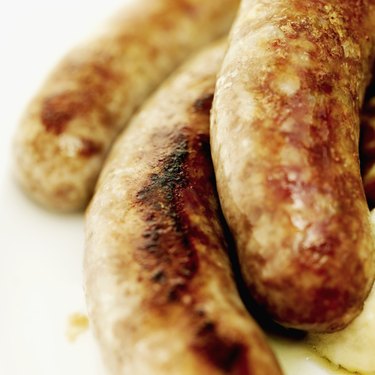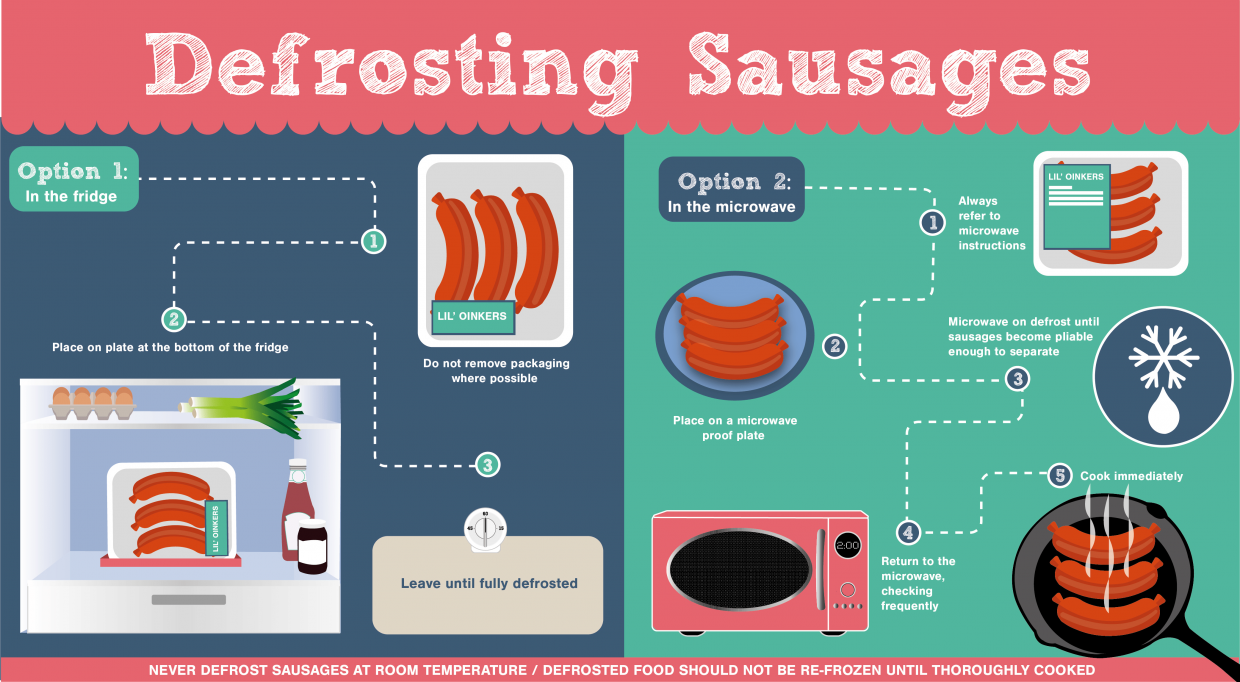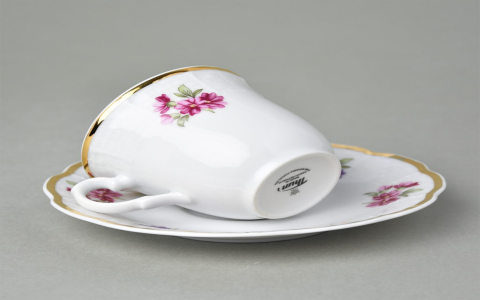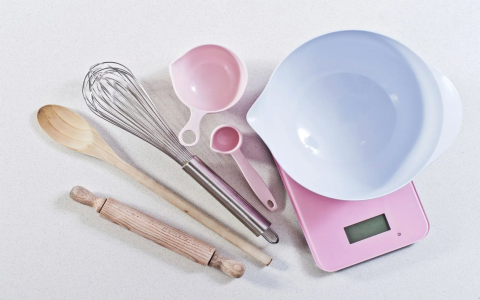Can Sausage Be Refrozen? Understanding Food Safety and Best Practices
In the realm of culinary arts and food preservation, the question of whether certain foods can be refrozen often arises. This dilemma is especially pertinent when it comes to sausages, a beloved ingredient in many cuisines. With their rich flavors and versatility, sausages find their way into countless dishes. However, one must consider the implications of refreezing these delectable items, particularly regarding food safety and quality.

Sausages are typically made from ground meat, fat, and seasoning, and they can be fresh or fully cooked. When a package of sausage is opened and part of it is used, the question naturally follows: Is it safe to refreeze the leftover sausage? The answer involves several factors, including how the sausage was thawed and for how long it has been stored.
Food Safety Basics
The primary concern regarding refreezing is food safety. When food is thawed, it enters a temperature "danger zone" (between 40°F and 140°F), where bacteria can proliferate rapidly. For this reason, it’s crucial to understand how the sausage was thawed before considering refreezing it. If the sausage was thawed in the refrigerator, it can be safely refrozen within a few days. This method keeps the sausage at a safe temperature, minimizing bacterial growth.
On the other hand, if the sausage was thawed using other methods, such as in warm water or in the microwave, it should be cooked immediately and should not be refrozen without cooking it first. The reason behind this caution lies in the potential bacterial activity that can occur if the sausage was left out too long at unsafe temperatures.
Quality Retention
Even if food safety guidelines are followed, quality is also an important consideration. Refreezing sausage can affect its texture and flavor. When meat is frozen, ice crystals form within the cells. These crystals can rupture the cellular structure of the meat, leading to a drier texture upon thawing. Consequently, even if the sausage is safe to eat after being refrozen, its quality may not meet expectations. If you’re adamant about preserving the taste and texture of your sausages, it’s often recommended to cook any remaining sausage rather than refreezing it.
How to Refreeze Sausage Safely
For those who do find themselves with leftover sausage that was appropriately thawed in the refrigerator, here are some steps to ensure safe refreezing:

-
Wrap Properly: Make sure the sausage is sealed tightly, preferably in vacuum-sealed bags or airtight containers. This minimizes air exposure and prevents freezer burn, which can greatly impact the quality of the sausage.
-
Label and Date: Always label your packages with the date they are being refrozen. This practice helps in maintaining an organized freezer and ensures that older items are used first.
-
Monitor Storage Time: While sausages can be refrozen, they should ideally be consumed within a few months for optimal taste. Frozen sausage can remain safe indefinitely, but after a certain period, the flavor and quality may decline.
Final Considerations
It is essential to weigh the risks and benefits of refreezing sausages. Safety concerns must be prioritized, alongside the recognition that quality may diminish. With careful consideration, proper thawing methods, and mindful storage practices, you can enjoy your sausages while minimizing waste and maintaining food safety.
In the culinary journey of exploring ingredients, knowing how to handle items like sausages not only enriches your cooking experience but also empowers you to make informed decisions in the kitchen. Whether it’s for a barbecue, family breakfast, or gourmet dinner, understanding the nuances of food handling elevates both safety and satisfaction in every bite.



